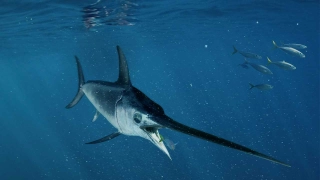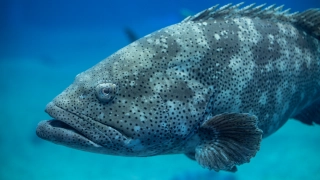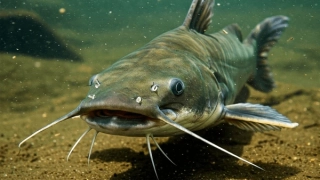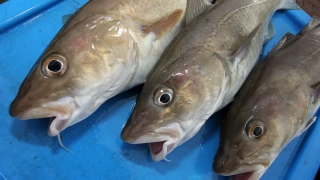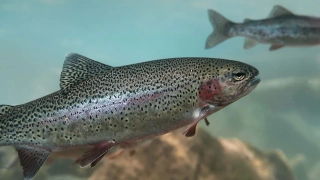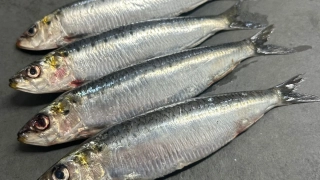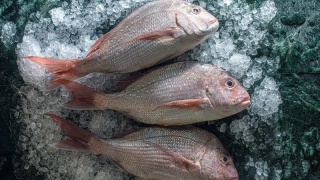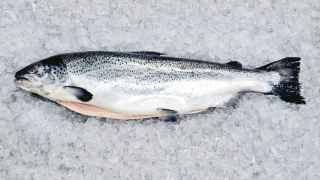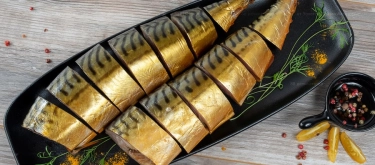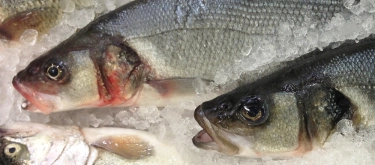Flounder: Taste Profile, Aroma, Benefits and Health Risks
Flounder refers to several species of flatfish, including summer flounder (Paralichthys dentatus), winter flounder (Pseudopleuronectes americanus), and European flounder (Platichthys flesus). Known for their flat bodies and delicate white flesh, flounders are prized in North America, Europe, and Asia for their mild taste and versatility.
Flounder is safe for most people, but those with fish allergies should avoid it. Mercury levels are generally low, making it a safe choice for pregnant women and children in moderate amounts.
What does Flounder taste like?
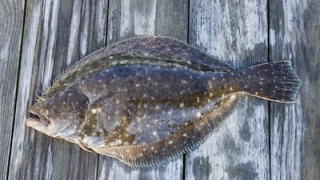
Complete Sensory Description
Eating flounder is an experience of subtlety and delicacy. When you take a bite, you notice immediately that the flavor is very mild and clean, without the oily heaviness of salmon or the strong briny punch of sardines. Instead, the taste is closer to cod or tilapia, but with a touch more natural sweetness.
The primary flavor impression is a light, slightly sweet savoriness—imagine the gentlest sweetness of steamed rice or fresh zucchini, paired with a soft marine background that never dominates. Flounder does not overwhelm the palate; instead, it feels neutral but refined, making it appealing even for people who usually avoid fish.
The aroma of cooked flounder is faint, with a clean ocean freshness. Unlike mackerel or anchovy, it does not carry a pungent smell. When grilled or pan-fried, the surface develops a light nutty scent from caramelized proteins, adding subtle depth.
The texture is tender, moist, and flaky, but not as firm as halibut. When cooked properly, the flakes separate easily but remain juicy, melting gently in the mouth. It does not feel dense—rather, it has a lightness similar to poached chicken breast or steamed scallops. If overcooked, flounder can quickly become dry and papery, losing its delicate mouthfeel.
The appearance of raw flounder flesh is translucent white to pale pink, with a glossy sheen. When cooked, it becomes opaque and snowy white. Whole flounder is recognizable by its flat, oval body and mottled skin, often served whole in Asian cuisines.
The aftertaste is short and clean. It leaves a light sweetness on the tongue without lingering oiliness or fishiness. This makes flounder versatile and a good “blank canvas” for sauces, herbs, and spices.
In-depth Flavor Analysis
Flounder’s mild flavor is due to its very low fat content. Amino acids such as glycine contribute to sweetness, while glutamic acid provides a gentle umami note. Its neutral taste makes it highly adaptable—absorbing marinades and sauces effectively. Compared to halibut, flounder is lighter and less meaty; compared to cod, it is sweeter but less flaky.
Varieties and Culinary Applications
-
Summer flounder (Paralichthys dentatus) – common in U.S. East Coast cuisine.
-
Winter flounder (Pseudopleuronectes americanus) – sweeter, smaller species.
-
European flounder (Platichthys flesus) – widely consumed across Europe.
Culinary uses:
-
Pan-fried fillets with butter and herbs.
-
Baked whole with lemon and white wine.
-
Steamed in Asian cuisine with ginger and soy.
-
Used in soups and light stews for its gentle sweetness.
Selection and Storage
-
Fresh flounder fillets should be moist, translucent, and firm.
-
Avoid fillets with dryness, dullness, or strong odor.
-
Store at 0–4°C and consume within 1–2 days.
-
Freeze at –18°C for several months; flounder retains flavor but may soften slightly.
Nutritional Insights
Flounder is very lean, low in calories, and rich in protein. It contains vitamin B12, niacin, phosphorus, and selenium. Due to its low fat content, it is often recommended in low-calorie or heart-healthy diets. However, its omega-3 content is lower than in oily fish.
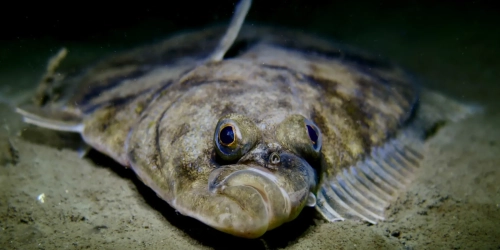
Expert Insights & Culinary Tips
Chefs often recommend simple preparations—pan-frying or steaming—to preserve flounder’s delicate qualities. Since the flavor is subtle, it benefits from accompaniments like citrus, white wine, or fresh herbs (parsley, dill). In Asian cooking, light soy-based sauces balance its sweetness.
Interesting and Curious Facts
-
Flounders are “flatfish,” with both eyes on one side of the body.
-
Their camouflage allows them to blend into sandy sea floors.
-
Flounder has been a staple in European diets since medieval times.
Harm and Dietary Considerations
-
As a lean fish, flounder can dry out quickly if overcooked.
-
Mercury levels are generally low, but sourcing from polluted waters may increase risk.
-
Nutrient density is lower compared to oily fish like salmon or sardine.
Religious Dietary Considerations
Flounder is halal in Islam and kosher in Judaism (if properly scaled). It is also acceptable in Hindu and Buddhist diets where fish consumption is permitted.
Sustainability & Fishing Practices
-
Many flounder species are sustainably managed, but overfishing has affected some regional stocks.
-
Summer flounder in the U.S. is considered well-managed and sustainable under quotas.
-
European flounder populations are stable, though local variations exist.
-
Consumers should look for MSC-certified flounder to ensure responsible sourcing.
Final Thoughts & Sensory Journey
Flounder is one of the most approachable white fish, offering a clean, delicate sweetness and soft flakiness. Its lightness makes it versatile in global cuisines, while its mild character appeals to both seafood lovers and cautious eaters.
Resources
-
Collette, B. B., & Klein-MacPhee, G. (2002). Bigelow and Schroeder's Fishes of the Gulf of Maine. Smithsonian Institution Press. ISBN 978-1560989516.
-
Gibson, R. N. (2005). Flatfishes: Biology and Exploitation. Blackwell Publishing. ISBN 978-1405125108.
-
FAO Fisheries and Aquaculture Reports: Flounder (Paralichthys, Pseudopleuronectes, Platichthys).
-
NOAA Fisheries: Summer Flounder Stock Assessments.
